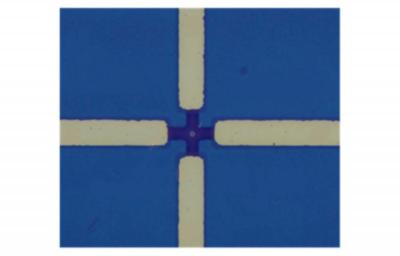Researchers from Northwestern University suggest building STT-MRAM devices from antiferromagnetic materials - as opposed to the currently-used ferromagnetic ones. The researchers say that these materials will enable higher-density devices that feature high speed writing with low currents.
Antiferromagnetic materials are magnetically ordered at the microscopic scale, but not at the macroscopic scale. This means that there is no magnetic force between adjacent bits in MRAM cells built from these materials - which means you can pack them very close together.
The researchers also demonstrate that electric currents can be used to reversibly switch an antiferromagnetic memory bit patterned on a heavy metal underlayer, and importantly for the first time, it does so in a material that is fully compatible with existing semiconductor manufacturing techniques. In addition, the work achieves the lowest current density for switching of antiferromagnetic materials reported to date.

Finally, the researchers also show that the device can be designed to operate as an analog (memristive) element, instead of a bistable one, which means it could find applications in synapses for neuromorphic computing.

